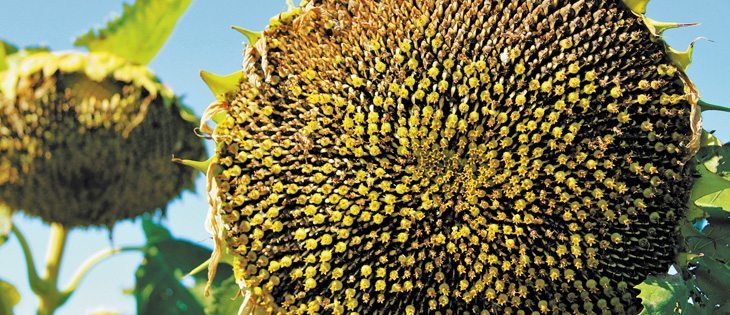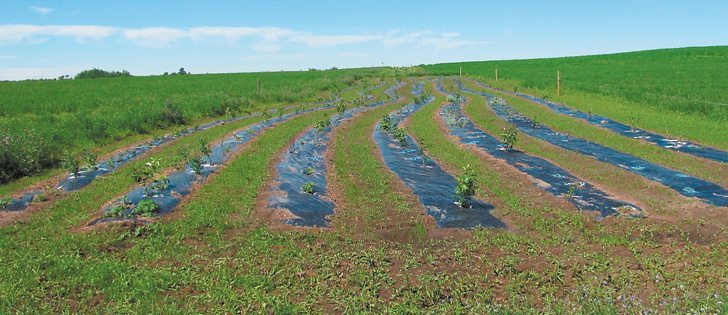The new wheat marketing environment in place this crop year should get a good workout with a big crop and the potential for excellent demand and prices.
Drought in the United States and a range of bad weather in the Black Sea region have pushed all grain prices higher, including wheat.
Wheat is also getting support from dry weather in Australia.
An analyst at ANZ Bank said last week that the Western Australia wheat crop could fall to six million tonnes, from the current forecast of eight million, if it does not get significant rain by the end of September.
Read Also

Farm groups ask feds for export sales reporting
The Agricultural Producers Association of Saskatchewan and SaskCrops asks the federal government to create an Export Sales Reporting program.
Australia’s weather service has forecast a 70 percent chance of better than normal rain in the region in the next two months, but the situation bears watching.
Statistics Canada says this country should produce the largest wheat crop since 1996.
That is good news because its report last week, based on surveys with farmers, forecast the canola crop at 15.2 million tonnes, more than a million tonnes less than the average of analysts’ pre-report expectations. Since the report was released, there are early harvest reports of even more disappointing results in the eastern Prairies.
StatsCan pegged all wheat production at 27.01 million tonnes, about equal with the trade’s expectations and up almost two million tonnes from last year.
The spring wheat crop at about 19.06 million tonnes is up almost six percent from last year.
Winter wheat at 3.68 million tonnes is up more than 20 percent due to big acreage increases as farmers with land too wet to seed in the spring of 2011 turned to fall seeded crops.
Durum is the only wheat not faring as well as hoped.
StatsCan forecast it at 4.273 million tonnes, up 2.4 percent from last year. The forecasts in a pre-report Reuters poll of analysts ranged from 4.6 to 5.1 million to average 4.8 million.
While wheat prices are well supported, there is little protein premium in the market. The U.S. spring wheat crop is almost all harvested ahead of the normal pace and North Dakota protein levels, while variable, are averaging about 14.7 percent.
The Canadian crop should also enjoy good protein levels.
The premium of the Minneapolis hard red spring wheat December futures over the Chicago soft red winter has fallen to about 43 cents a bushel from about $1 in the spring.
StatsCan’s barley forecast of 9.5 million tonnes is at the high end of the range of analysts’ forecasts. Feed prices should not weaken much because of the general feed shortage in North America. On the malting barley side of things, there is little premium for malting quality at this time because there are good world supplies. Strategie Grains increased its Europe barley crop estimate last week to 53.1 million tonnes, up 600,000 from its previous estimate.
The StatsCan oat forecast, at just under three million tonnes, is equal to trade expectations. But the crop is small relative to demand and the market might finally be forced to pay up to get supply.
Oat futures have rallied only about 14 percent since May while Chicago wheat is up about 30 percent and corn is up 50 percent since May.
Flax is rebounding after a disastrous year last year. Production is forecast at 547,000, up about 48 percent from last year but in step with the trade’s expectations.
Dry pea production is forecast at almost three million tonnes, up about 41 percent from last year and in step with the trade’s expectations.
But pea and lentil acreages are down from expectations in June. When push came to shove and spring weather, although better than last year, still presented challenges, farmers focused on the core crops, not pulses.
As an indication of the results of the weather problems, Statistics Canada increased its Western Canada’s summerfallow area to 4.6 million acres from 3.86 million in June, with Saskatchewan accounting for all of the reduction.














